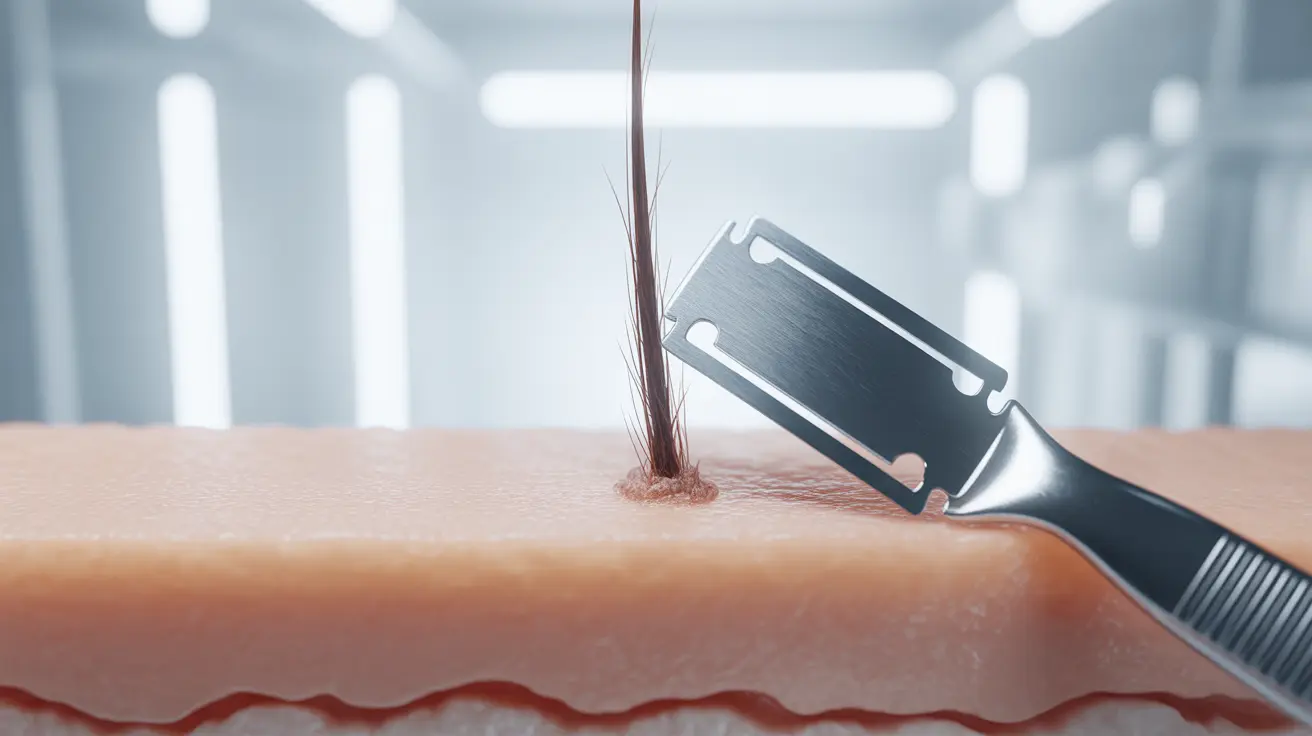The relationship between low testosterone levels and joint pain is a significant concern that affects many individuals, particularly men as they age. While testosterone is primarily known for its role in male sexual health and muscle development, its impact on joint health and overall physical well-being is equally important but often overlooked.
This comprehensive guide explores the intricate connection between low testosterone and joint discomfort, helping you understand the symptoms, mechanisms, and potential treatment options available.
The Biological Link Between Testosterone and Joint Health
Testosterone plays a crucial role in maintaining joint health through several biological mechanisms. This hormone helps regulate inflammation, supports bone density, and maintains muscle strength - all factors that directly impact joint function and comfort.
When testosterone levels drop below normal ranges, it can trigger a cascade of effects that may contribute to joint pain and stiffness. Understanding these connections is essential for proper diagnosis and treatment.
Impact on Inflammation and Pain Sensitivity
Research suggests that testosterone has natural anti-inflammatory properties. When levels are low, the body may experience increased inflammation, particularly around joints and connective tissues. This can lead to:
- Greater sensitivity to pain
- Increased joint swelling
- Reduced mobility and flexibility
- Chronic discomfort in weight-bearing joints
Recognizing the Signs of Low Testosterone-Related Joint Pain
Joint pain associated with low testosterone often presents differently from other types of joint conditions. Key indicators include:
- Morning stiffness that improves with movement
- Symmetrical joint discomfort (affecting both sides)
- Accompanying muscle weakness
- Fatigue and reduced physical performance
- Difficulty recovering from physical activity
The Role of Age and Hormonal Changes
As men age, testosterone levels naturally decline, typically by about 1-2% per year after age 30. This gradual decrease can contribute to:
- Reduced bone density
- Decreased muscle mass
- Weakened connective tissues
- Increased vulnerability to joint injuries
Treatment Options and Management Strategies
Addressing low testosterone-related joint pain typically requires a comprehensive approach. Treatment options may include:
- Testosterone replacement therapy (TRT) under medical supervision
- Regular physical activity and strength training
- Joint-friendly exercises and stretching
- Proper nutrition and supplementation
- Stress management techniques
The Role of Testosterone Replacement Therapy
For those diagnosed with clinically low testosterone, replacement therapy might help alleviate joint pain and related symptoms. However, this treatment requires careful medical oversight and regular monitoring to ensure safety and effectiveness.
Prevention and Lifestyle Modifications
Several lifestyle factors can help maintain healthy testosterone levels and joint function:
- Regular weight-bearing exercise
- Adequate sleep (7-9 hours nightly)
- Balanced nutrition rich in protein and healthy fats
- Stress reduction
- Maintaining a healthy weight
Frequently Asked Questions
Can low testosterone cause joint pain and stiffness? Yes, low testosterone can cause joint pain and stiffness by affecting inflammation levels, bone density, and muscle strength around joints. This hormonal imbalance can lead to increased joint sensitivity and reduced mobility.
How does low testosterone contribute to inflammation and joint problems? Low testosterone levels can increase systemic inflammation and reduce the body's natural anti-inflammatory responses. This can lead to increased joint inflammation, pain, and potential tissue damage over time.
What are the signs of low testosterone related to joint pain and muscle weakness? Common signs include symmetrical joint pain, morning stiffness, decreased muscle strength, fatigue, reduced physical performance, and slower recovery from exercise or injury.
Can testosterone replacement therapy help reduce joint pain caused by low testosterone? Yes, testosterone replacement therapy can help reduce joint pain in individuals with clinically diagnosed low testosterone by addressing the underlying hormonal imbalance and improving the body's natural anti-inflammatory responses.
How does low testosterone affect bone and cartilage health leading to joint discomfort? Low testosterone can decrease bone density and affect cartilage maintenance, leading to weakened joint structures. This can result in increased joint vulnerability, reduced stability, and greater susceptibility to pain and injury.




